
Culture & Sports
14:50, 15-Jul-2017
Chinese villagers sue to retrieve stolen Buddha statue
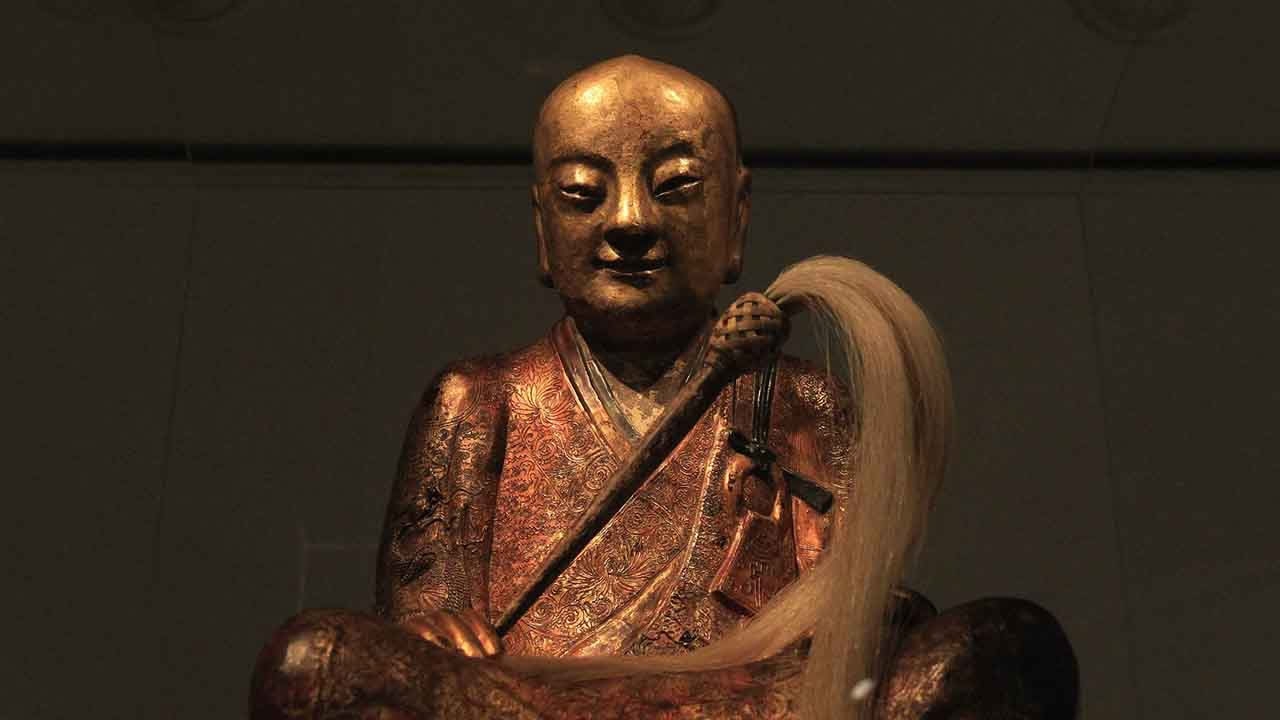
Villagers in east China's Fujian Province are waiting for a court ruling over the ownership of a stolen Buddhist mummy, after the first public hearing opened in the Netherlands on Friday.
The lawsuit was filed by the village committee of Yangchun in Fujian Province against a Dutch collector when the mummy, stolen from the village’s Buddhist temple in 1995, was recognized at a museum exhibition in Hungary in 2015.
Oscar van Overeem, a Dutch architect and collector, said he purchased the statue in 1996 from another collector in Amsterdam, who had acquired it in Hong Kong.
After negotiations for its return eventually broke down, villagers filed a lawsuit against van Overeem in June, 2016.
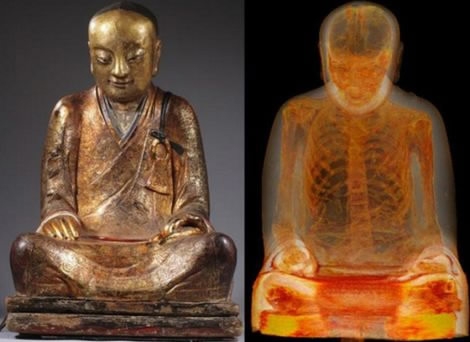
A CT scan showed a body, with the internal organs removed, concealed in an ancient Chinese statue of a Buddha. /Photos from the Drents Museum
A CT scan showed a body, with the internal organs removed, concealed in an ancient Chinese statue of a Buddha. /Photos from the Drents Museum
A scan of the gilded Buddhist figure a few years ago showed it contained the remains of a body, which villagers believed it encases the body of the Zhanggong Patriarch, a monk who gained a reputation for altruism, after treating patients and helping the poor.
Since the Song Dynasty (960-1179 AD) for around 1,000 years, the statue had been enshrined and worshiped in the lush mountain villages of Yangchun and Dongpu.
Unfortunately, it was stolen in 1995, and villagers continue to enshrine the Zhanggong by putting a crude replica on the main altar at the village temple.

Villagers worship the replica of Zhanggong Patriach. /Photo from fujiangov.com
Villagers worship the replica of Zhanggong Patriach. /Photo from fujiangov.com
The statue resurfaced in front of the public in 2015, but this time, more than 8,000 kilometers away, for an exhibition at a museum in Hungary's capital Budapest.
More than 1,800 villagers gathered to request the return of their statue, and the village’s demand was embraced by the Chinese government, which stepped up efforts to reclaim looted cultural relics that end up abroad.
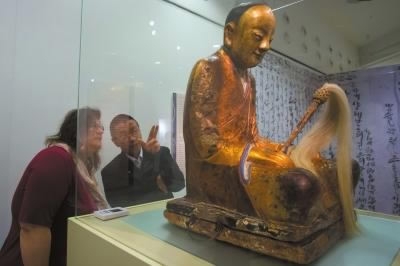
Researchers study the Zhanggong statue at the Hungarian Natural History Museum, March 3, 2015. /Chinanews Photo
Researchers study the Zhanggong statue at the Hungarian Natural History Museum, March 3, 2015. /Chinanews Photo
In March 2015, the Fujian Provincial Bureau of Cultural Heritage identified the exhibited Buddha as the missing Zhanggong Patriarch.
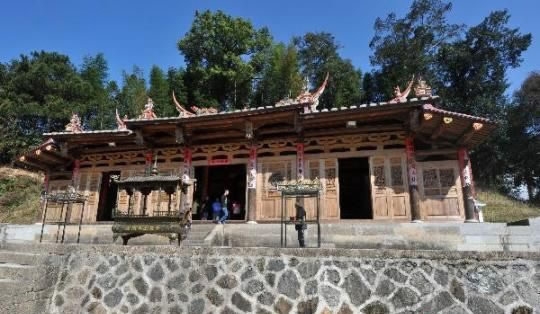
The temple where the Zhanggong statue was worshiped /Chinanews Photo
The temple where the Zhanggong statue was worshiped /Chinanews Photo
It was reported that van Overeem would consider returning the Buddha, but later he asked for 20 to 30 million US dollars from the Chinese government in compensation.
At the hearing, van Overeem said that he had exchanged the statue with a "collector-investor-intermediary," who "is aware of the mummy controversy and political sensitivities and prefers to remain anonymous," and refused to disclose the name of the new holder.
He also refused to provide the email exchanges that reflect the negotiations behind the deal, and the conditions under which there was an exchange, Xinhua reported.
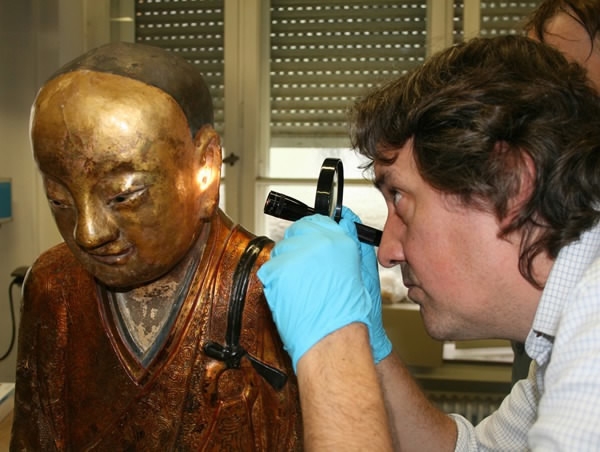
A researcher studied a hole in the ear of a Buddha statue at the Drents Museum in the Netherlands. /Photos from the Drents Museum
A researcher studied a hole in the ear of a Buddha statue at the Drents Museum in the Netherlands. /Photos from the Drents Museum
"By taking the statue away, the collector causes a presumption of a fraudulent act, namely preventing the enforcement of a claim of the villagers to return Zhanggong, if the court would so decide," commented Dutch lawyer Jan Holthuis representing the Chinese villagers.

SITEMAP
Copyright © 2018 CGTN. Beijing ICP prepared NO.16065310-3
Copyright © 2018 CGTN. Beijing ICP prepared NO.16065310-3